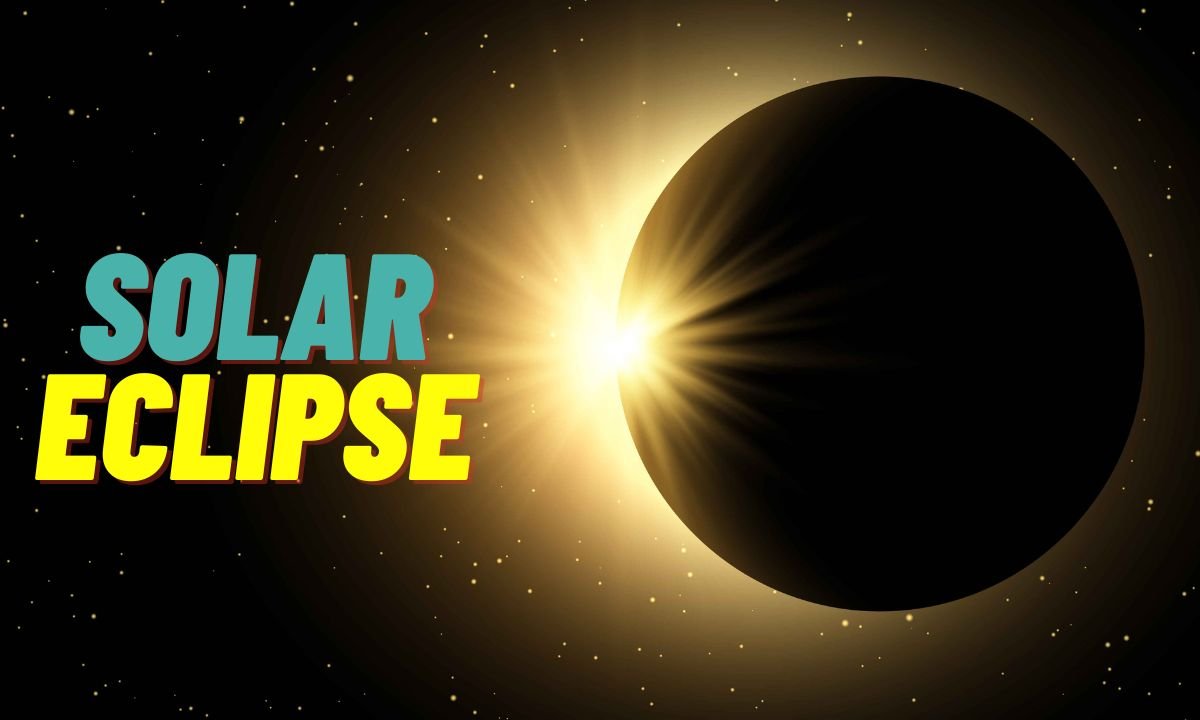Solar eclipse occurs every year and the person keeps looking towards the sky every day. It is very important for him to be at the right place and at the right time.
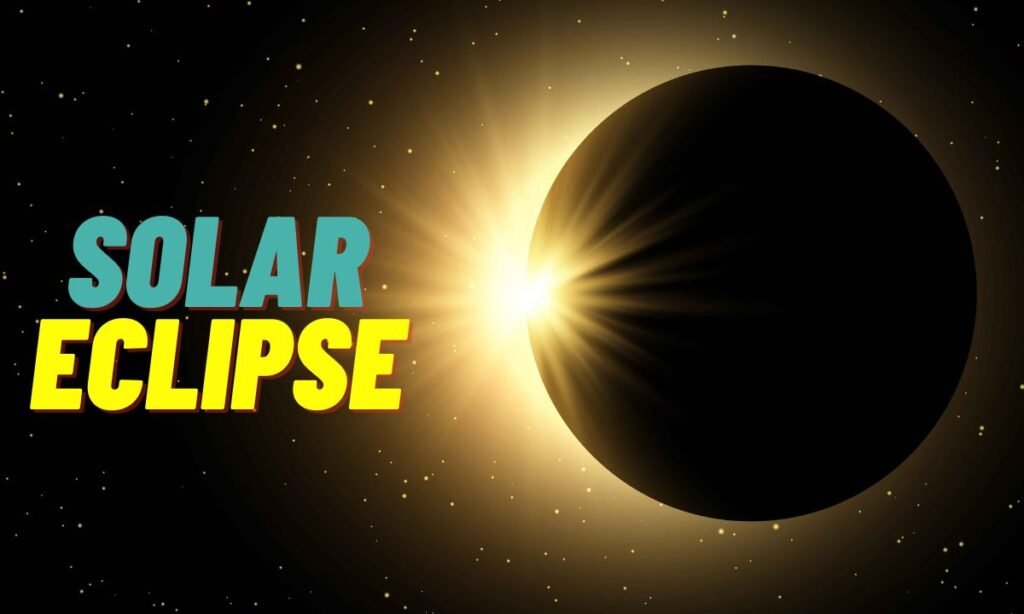
INTRODUCTION
Have you ever looked up at the sky and seen the sun fade away for a moment? Friends, that could be a solar eclipse, an astronomical phenomenon that occurs when the Moon passes between the Earth and the Sun and casts a shadow on our planet. Watching a total solar eclipse, in which the Sun is completely blocked, is truly an awe-inspiring experience. But there is more to a solar eclipse than meets the eye.
This article will shed light on the fascinating world of solar eclipses. We’ll explore the different types, uncover the science behind their occurrence, and answer some frequently asked questions. So get ready for a journey to unravel the mystery of these captivating astronomical phenomena
Solar eclipse occurs when the Moon comes between the Earth and the Sun and after that a shadow hovers over the Earth.
Let us tell you that according to NASA, a solar eclipse occurs during the Amavasya phase, approximately twice a year the Moon changes itself in such a way that it eclipses the Sun.
If you want to know when the next solar eclipse will happen and where you can see it. This is everything you need to know. Why is it so special, how and where to see it? I will tell you all this, just stay connected with me.
TYPES OF SOLAR ECLIPSE
There are four types of solar eclipse. Based on this, let us tell you how the Sun, Moon and Earth remain aligned at the time of eclipse.
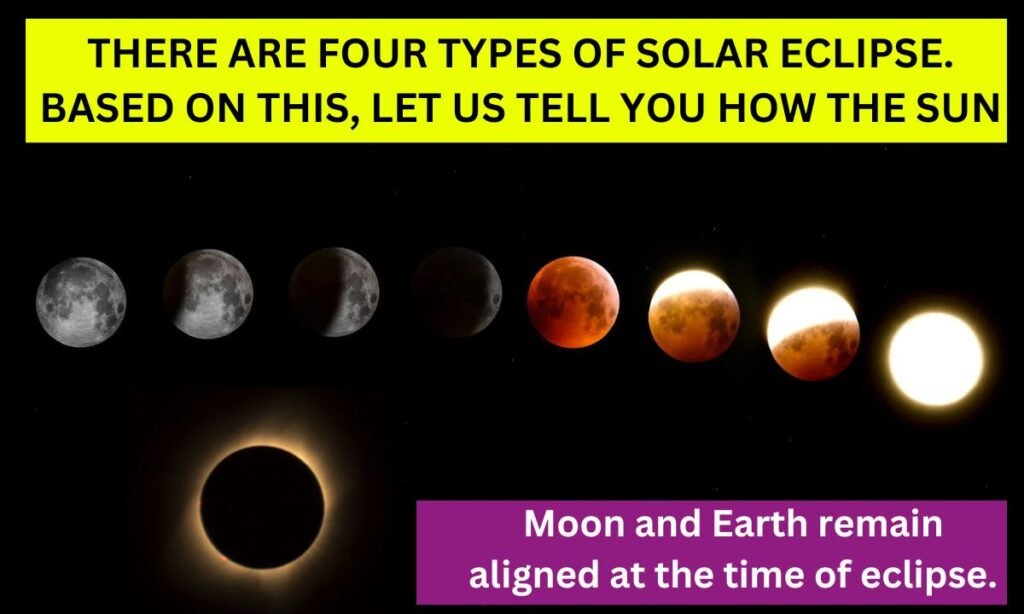
Hybrid solar eclipse
This rarest solar eclipse is a combination of total and annular eclipse. It is also known as an A-T eclipse. It occurs when the shadow of the Moon keeps moving over the Earth. It starts from one type of eclipse and changes to another type of eclipse.
Annular Solar Eclipse
In this, a “ring of fire” keeps shining around the Moon, then the Moon is centered in front of the Sun. But doesn’t center the entire surface.
This is the rarest solar eclipse and occurs when there is a combination of an annular eclipse (as it is sometimes known as an A-T eclipse). Let us tell you that when the moon’s shadow falls on the earth, it starts from one type of eclipse and changes into another type of eclipse.
In this the Sun is completely covered by the Moon.
HOW AND WHY DO SOLAR ECKUOSES OCCUR?
A solar eclipse occurs when the Moon passes between the Sun and the Earth and casts its shadow on the Earth.
The Moon is referred to as the lunar node when it crosses the ecliptic or Earth’s orbital plane, The type of solar eclipse depends on the Moon’s distance from the Earth, as well as the distance between the Earth and the Sun as well as the distance at which the New Moon approaches a node.
A total solar eclipse occurs when the Moon passes between the Sun and the Earth. Due to this, the face of the sun is completely covered. Let us tell you that the Natural History Museum says that this solar eclipse is possible because the diameter of the Sun is about 400 times larger than that of the Moon, but it is also about 400 times farther away.
When the Moon passes between the Sun and the Earth, an annular solar eclipse occurs. It is near its farthest point from the Earth. Let us tell you that at this distance the Moon appears much smaller than the Sun and is not able to cover the Sun’s face completely. Apart from this, a circle of light is formed around the moon.
A partial solar eclipse occurs when the Moon passes between the Sun and Earth when the trio is not perfectly aligned. As a result, only the penumbra will pass over you and the Sun will be partially obscured.
Let us tell you friends, a rare hybrid solar eclipse occurs when the inner shadow and penumbra are close to reaching the Earth. Because this planet is curved. The hybrid solar eclipse is also called an annular total solar eclipse. In most cases a hybrid eclipse begins as an annular eclipse because the tip of the shadow is just short of making contact with Earth. It then becomes complete as the planet’s roundness reaches up and intercepts the tip of the shadow near the middle of the path, then finally returns to annularity toward the end of the path.
HOW OFTEN DO SOLAR ECLIPSES OCCUR?
Let us tell you friends, we experience eclipse period twice in a year. This occurs when the new moon aligns itself so that it eclipses the Sun. A solar eclipse does not occur every time during the new moon phase because the Moon’s orbit is inclined by about 5 degrees to the Earth’s orbit around the Sun. This is the reason why the Moon’s shadow usually passes above or below the Earth.
WHAT HAPPENS DURING A SOLAR ECLIPSE?
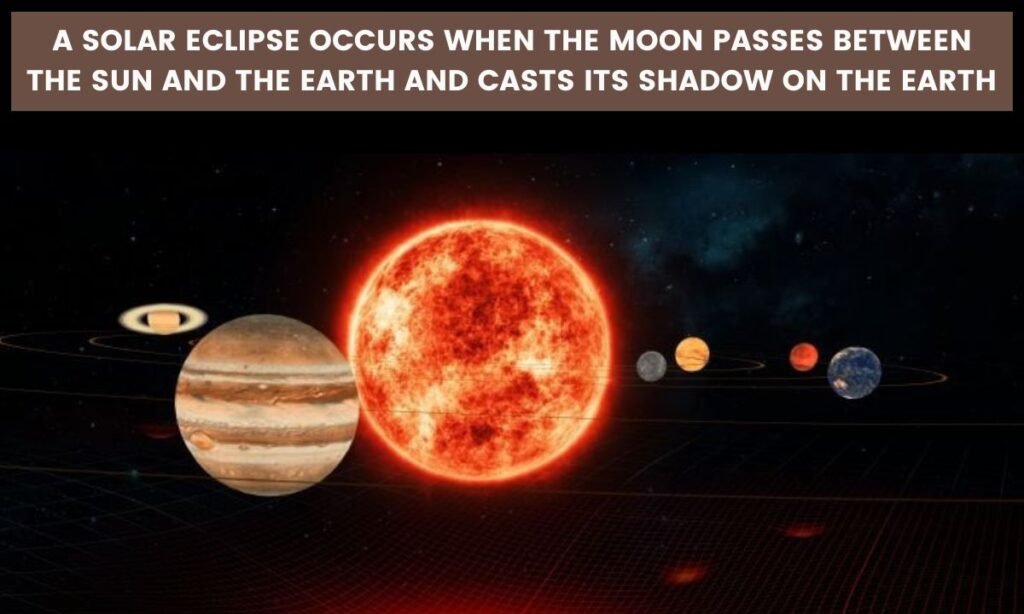
The type of solar eclipse will affect what happens and what observers will be able to see. According to the educational website SpaceAge Academy, 28% of solar eclipses are total, 35% are partial, 32% are annular and only 5% are mixed.
The sky will remain dark during a total solar eclipse and observers wearing appropriate safety equipment will be able to glimpse the Sun’s corona, or outer layer. For solar observers, this makes it an attractive skywatching target because the bright face of the Sun generally blocks the corona.
During an annular solar eclipse, the Moon does not completely obscure the Sun’s face as it does in a total solar eclipse. Instead, it appears dramatically as a dark disk that obscures a larger brighter disk giving the appearance of a ring of light around the moon. These eclipses are aptly known as “Ring of Fire” eclipses.
Let us tell you that partial solar eclipses appear as if the Moon is “taking a bite” from the Sun. However the trio of Sun, Earth and Moon are not perfectly lined up. Therefore only part of the Sun will be visible obscured by the Moon. When a total or annular solar eclipse occurs, observers outside the area covered by the Moon’s shadow see a partial eclipse instead.
My friends, during a hybrid solar eclipse observers will be able to see either an annular or a total solar eclipse and otherwise depending on where they are located.
Conclusion
As we explore the mesmerizing world of solar eclipses, we reveal the graceful dance of celestial bodies that never fails to capture our imagination. Whether it’s the breathtaking totality or the delicate crescents, each eclipse reminds us of the awe-inspiring beauty that adorns our celestial canvas.
Jamie carter
He is a science journalist, author, and solar eclipse expert.
Jamie Carter is the editor of WhenIsTheNextEclipse.com and author of The Complete Guide to the Great North American Eclipse of April 8, 2024.
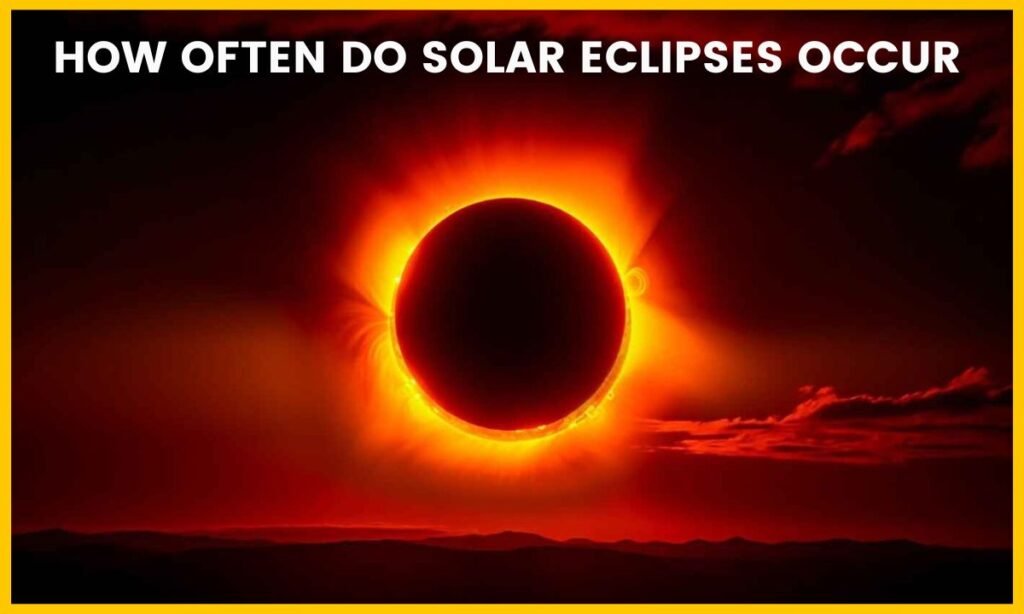
SOLAR ECLIPSE FAQS ANSWERED BY EXPERT
We asked Jamie Carter, editor of WhenIsTheNextEclipse.com and author of The Complete Guide to the Great North American Eclipse of April 8, 2024, some frequently asked questions about the solar eclipse.
What happens during a solar eclipse?
For your information, let us tell you that during a solar eclipse, Amavasya covers some part or the entire part of the Sun. There is a mildly interesting phenomenon of partial solar eclipse which should be observed using eye protection and solar filters. Friends, a total solar eclipse is a much grander and more subtle sight. Let us tell you that as soon as the last bit of sunlight is still visible the temperature drops and twilight begins. Once it is 100% eclipsed the Sun’s white corona becomes visible to the naked eye. It is a powerful and even life-changing experience.
What’s the difference between a solar eclipse and alunar eclipse?
During a solar eclipse, a New Moon gets in between Earth and the sun and the sun’s light is partially or totally blocked. During a lunar eclipse, the Earth is between the sun and a full moon, so the moon is in Earth’s shadow. The only light that reaches the lunar surface is first filtered through Earth’s atmosphere — it’s as if a thousand sunsets are projected onto its surface simultaneously, turning it an orangey-copper color.
What’s the difference between a central and partial solar eclipse?
When the moon crosses the sun a cone-shaped shadow trails behind the moon. When the tip of that cone just misses Earth a partial solar eclipse is visible. When the tip touches Earth’s surface it creates a narrow dark shadow from which it’s possible to see a total solar eclipse. On either side of that ‘path of totality’ a partial solar eclipse is visible.
News Source
Jamie Carter is the editor of WhenIsTheNextEclipse.com

